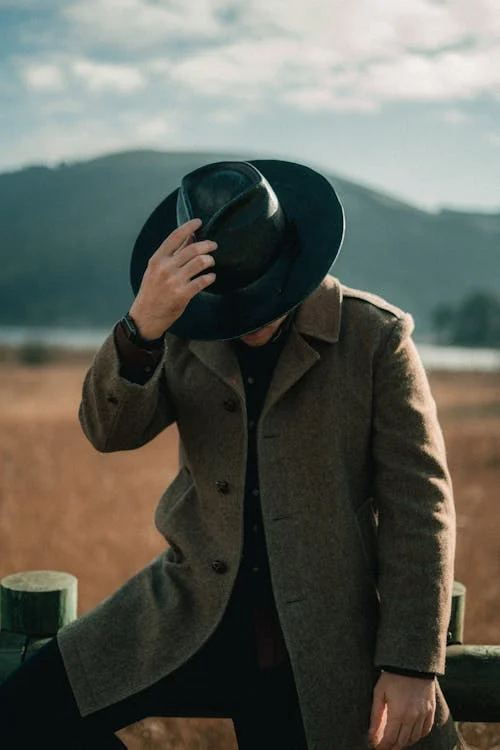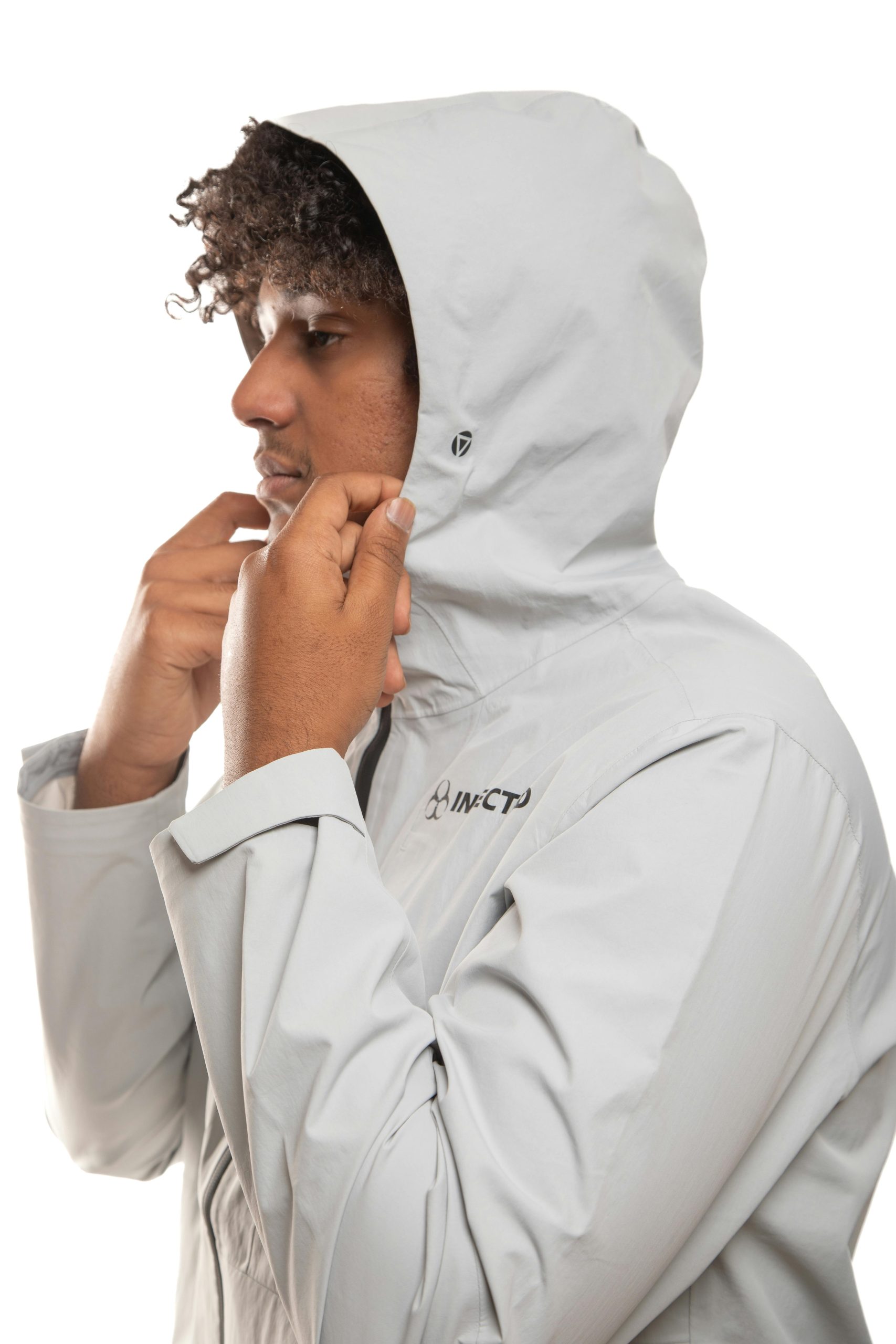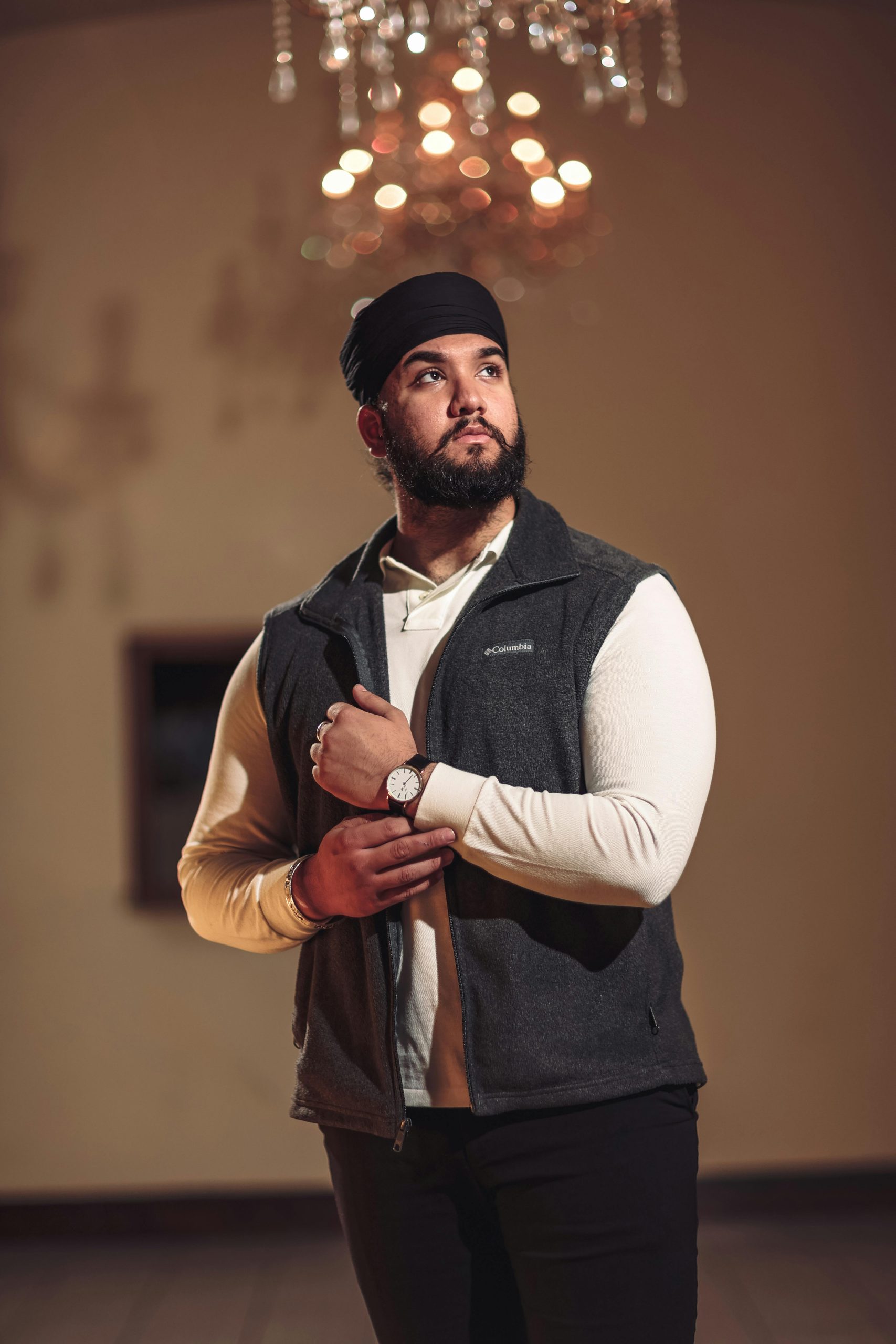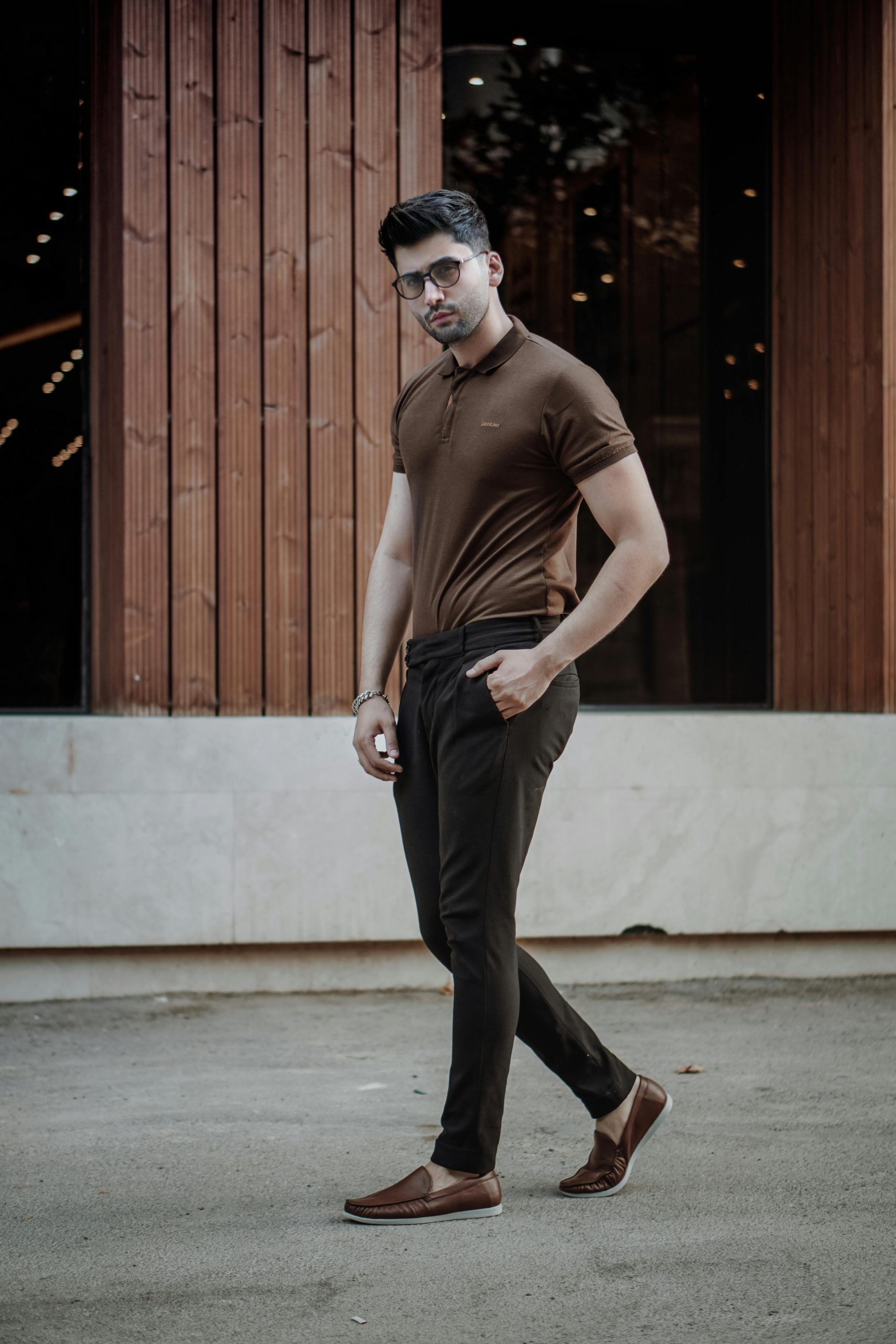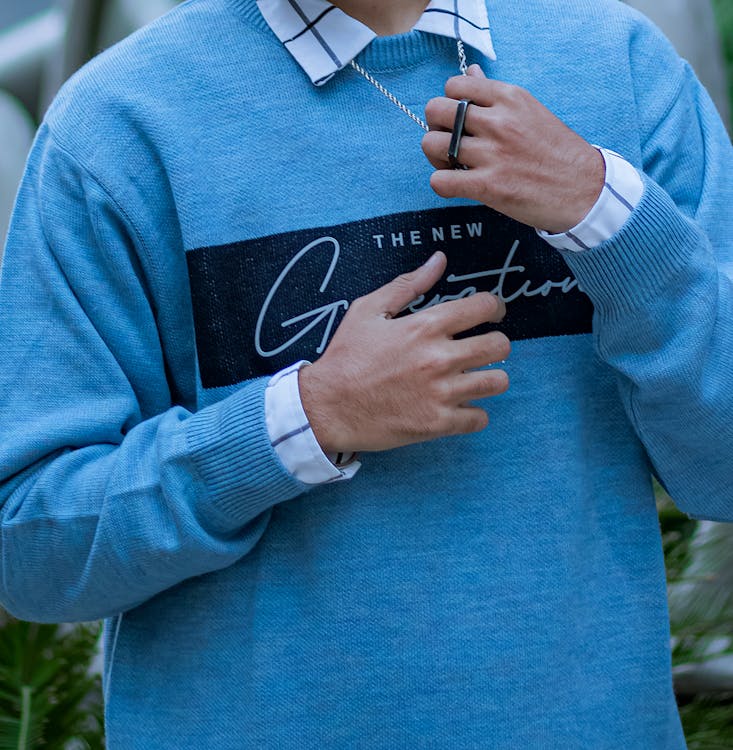
The 1870s was a pivotal decade for men’s fashion, reflecting the broader changes of the Victorian era. This period marked a transition from the flamboyant styles of the earlier century to a more refined and conservative look that emphasized sophistication and dignity. In this article, we’ll delve deep into the intricacies of 1870s men’s fashion, exploring the key elements that defined this era and how these styles were influenced by the social and cultural context of the time.
The Evolution of Men’s Fashion in the 1870s
The Influence of the Victorian Era
The 1870s was an era marked by industrialization and urbanization, which had a profound impact on men’s fashion. As cities grew and the middle class expanded, there was a greater emphasis on respectability and decorum. Men’s clothing became a symbol of status and professionalism, reflecting the values of the Victorian society.
Materials and Fabrics
One of the hallmarks of 1870s men’s fashion was the use of high-quality fabrics. Wool was the predominant material for suits, offering warmth and durability. For formal occasions, silk and velvet were also popular choices, adding a touch of luxury to evening wear. The fabrics were often rich in color, with dark hues like black, navy, and deep browns dominating men’s wardrobes.
Tailoring and Fit
The 1870s saw a shift towards more structured and tailored clothing. The fit of men’s clothing became more important, with garments designed to accentuate a man’s physique. Jackets and coats were fitted at the waist and flared slightly at the hips, creating a masculine silhouette. The emphasis on tailoring reflected the era’s focus on discipline and order, mirroring the societal expectations of the time.
Key Elements of 1870s Men’s Fashion

The Frock Coat
The frock coat was a staple of men’s fashion in the 1870s. This long coat, usually made from wool or cashmere, was worn for both day and evening wear. It was fitted at the waist and had a knee-length skirt, creating an elegant and formal look. The frock coat was often paired with a waistcoat and trousers, completing the traditional three-piece suit that became standard in men’s fashion.
The Morning Coat
For less formal occasions, men often wore a morning coat. Unlike the frock coat, the morning coat had a cutaway front that sloped back into long tails. This style was particularly popular for daytime events and was often paired with striped trousers and a waistcoat. The morning coat’s design allowed for greater ease of movement, making it a practical yet stylish choice.
Waistcoats and Trousers
Waistcoats were an essential component of men’s fashion in the 1870s, adding a layer of formality and refinement to any outfit. Made from fabrics like silk, velvet, or brocade, waistcoats were often richly patterned and featured intricate designs. They were typically worn over a crisp white shirt and paired with trousers that matched the coat in fabric and color.
Trousers in the 1870s were high-waisted and straight-legged, with a tailored fit that emphasized the slim silhouette of the time. Striped or checked patterns were common, particularly for less formal wear. Trousers were often worn with braces (suspenders) to keep them in place, as belts were not yet a common accessory.
Accessories and Details
Top Hats and Bowler Hats
Headwear was an important aspect of men’s fashion in the 1870s. The top hat was the most formal option, worn with frock coats and evening wear. Made from silk or beaver fur, top hats were tall and cylindrical, adding height and grandeur to the wearer’s appearance.
For more casual occasions, the bowler hat was a popular choice. This round, hard hat was made from felt and provided a more practical yet stylish alternative to the top hat. The bowler hat’s sturdy design made it suitable for everyday wear, particularly in urban environments.
Neckwear: Cravats and Ties
Neckwear was a key component of 1870s men’s fashion, with cravats and ties being the most common choices. The cravat, a wide strip of fabric tied around the neck, was a holdover from earlier decades and was often made from silk or satin. It could be tied in various styles, from simple knots to elaborate bows.
As the decade progressed, the four-in-hand tie began to gain popularity. This tie was narrower than the cravat and could be tied more quickly and easily, making it a practical choice for the modern gentleman. The four-in-hand tie is the precursor to the modern necktie and reflects the ongoing evolution of men’s fashion.
Footwear: Boots and Shoes
Footwear in the 1870s was designed for both style and practicality. Ankle boots were the most common choice, made from leather and often featuring laces or buttons. These boots were suitable for both formal and everyday wear, providing comfort and durability.
For more formal occasions, Oxford shoes were a popular option. These low-heeled shoes, made from polished leather, were typically black or brown and were worn with formal suits. The sleek design of Oxford shoes complemented the tailored silhouette of 1870s men’s fashion.
Gloves and Canes
No gentleman’s outfit was complete without gloves and a cane. Gloves were typically made from leather or kid, and were worn both for warmth and as a sign of refinement. Canes, often made from wood with ornate handles, were both a practical accessory and a symbol of status.
The Social and Cultural Impact of 1870s Men’s Fashion
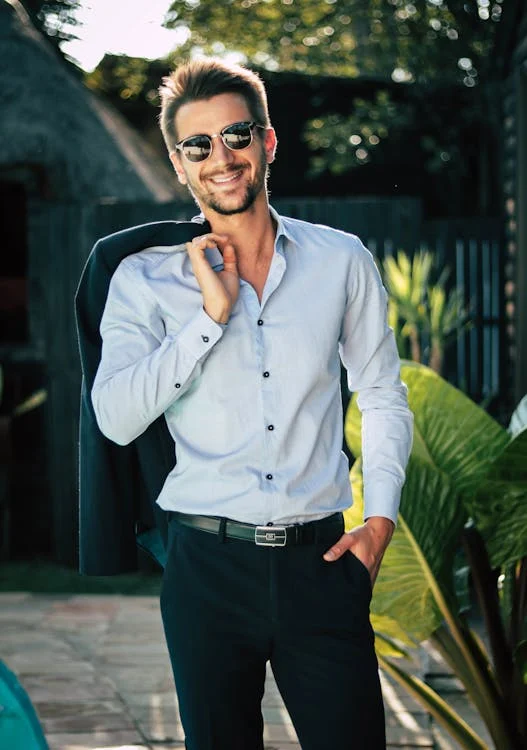
Fashion and Class
In the 1870s, fashion was closely tied to class and social status. The quality and cut of a man’s clothing were indicators of his position in society. The rise of the middle class during this period led to a greater emphasis on dressing well, as appearance became a way to assert one’s social standing. This shift in fashion also reflected the broader values of the Victorian era, which emphasized propriety, discipline, and respectability.
The Influence of Industrialization
Industrialization played a significant role in the evolution of men’s fashion in the 1870s. The mass production of textiles and clothing made fashionable attire more accessible to a broader segment of the population. This democratization of fashion allowed men from different social classes to adopt the styles of the elite, further blurring the lines between classes.
Legacy of 1870s Men’s Fashion
The fashion trends of the 1870s laid the groundwork for many of the styles that would dominate men’s fashion in the decades to come. The emphasis on tailoring, the use of high-quality fabrics, and the importance of accessories all became enduring elements of men’s fashion. The 1870s also marked the beginning of a shift towards more modern, streamlined styles that would continue to evolve into the 20th century.
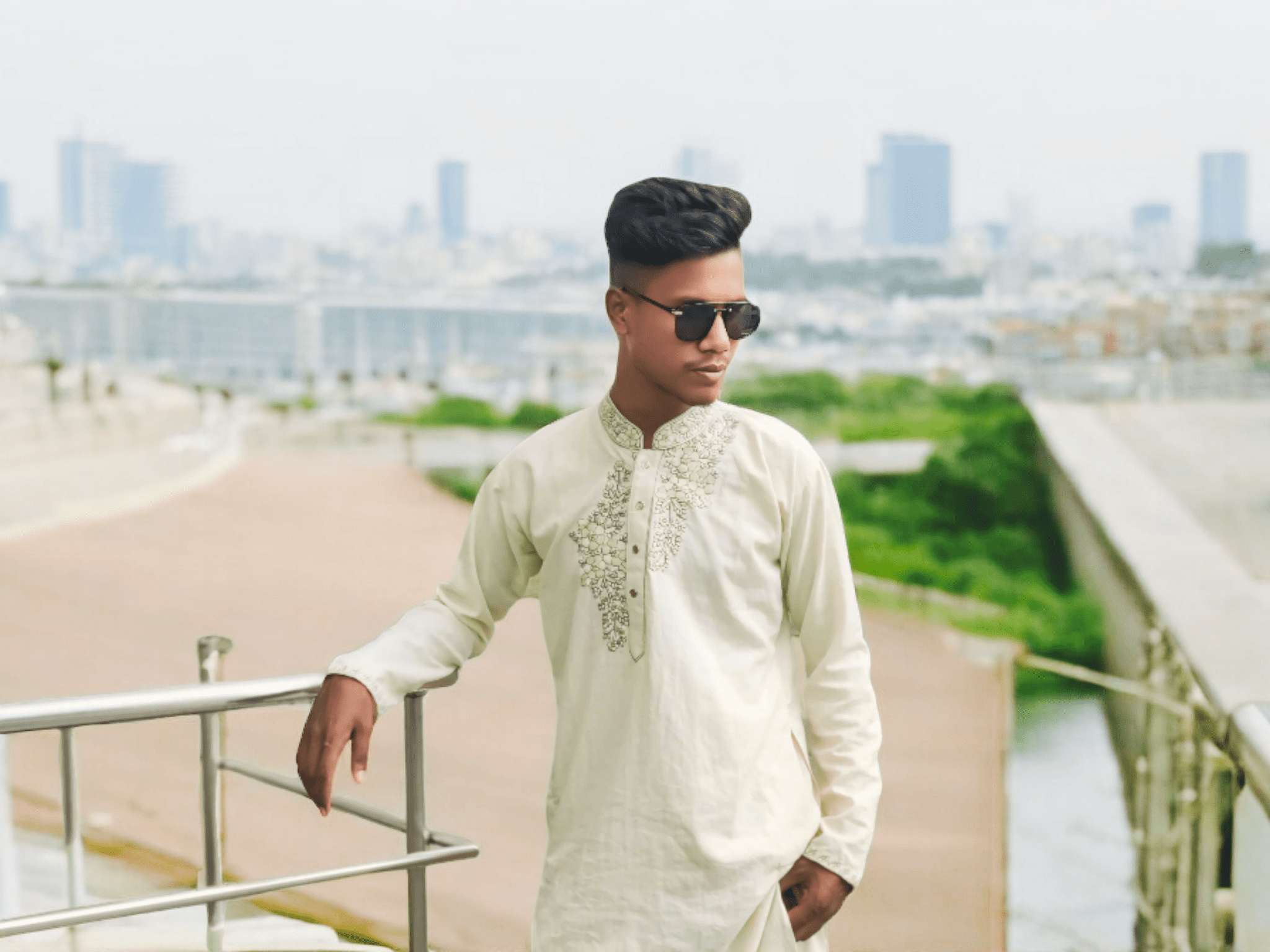
Assalamu Alaikum.. I am Mohammad Sojib I have been working in fashion for a long time I am in US and UK and I write about this topic in many places. I have been working and working on this topic for a long time
And I am a blogger I have been blogging about fashion for a long time in different places.






